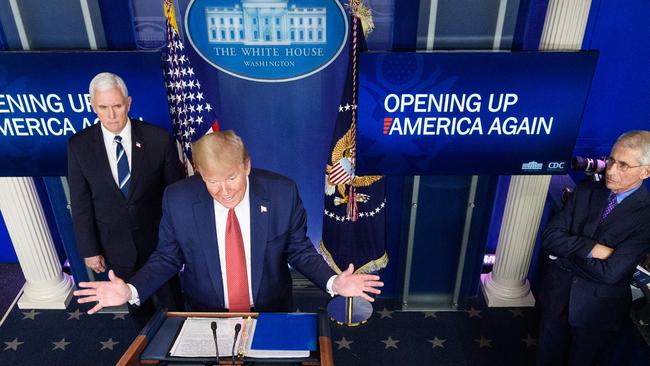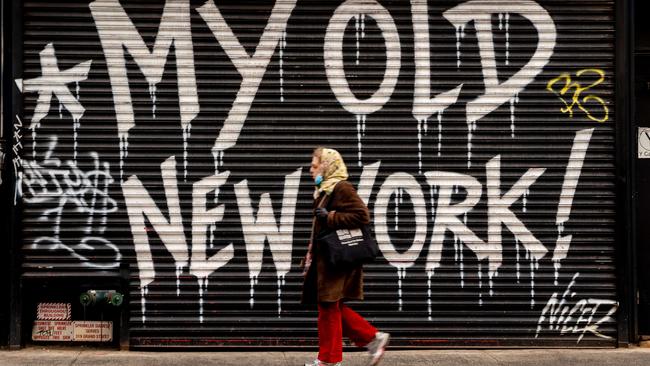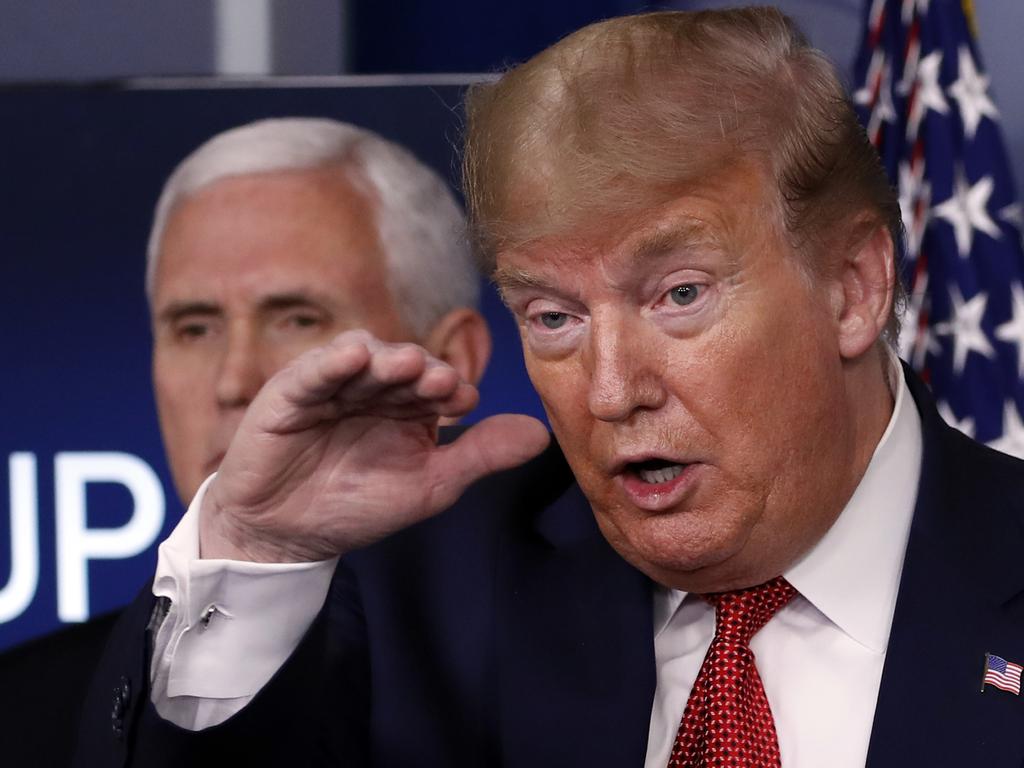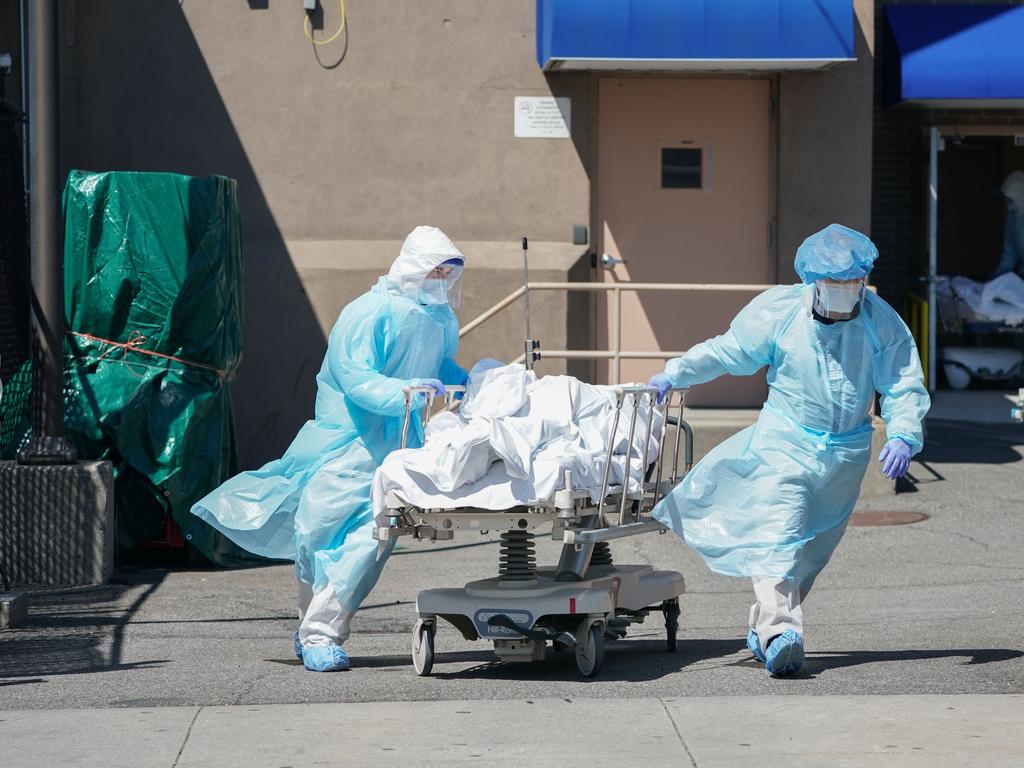
From the start of this pandemic, the US has lagged the industrialised world in testing its population for the caronavirus, even as the disease has spread like a bushfire across the country.
Trump wants to re-open the country as quickly as possible in a phased manner, but the chronic failure of the country’s testing regime has made returning to work especially perilous for many Americans. He is asking people to resume their normal lives without having the basic information necessary for them to safely make that decision, including a knowledge of how many people are infected in their region or what the spread rate is like. Widespread testing is needed to paint this picture yet, remarkably, Trump’s new federal guidelines for a staged reopening of the economy do not contain a national testing strategy.
Testing times for truth
The grim fact is that the US is only testing around 140,000 people a day when experts say the number needs to be at least one million people per day.
Despite the US having easily the largest number of infections and deaths in the world, the country has only tested just over three million people for the virus. That is barely 1 per cent of the population, and fewer on a per capita basis than Italy, Spain, Germany, South Korea, Canada, Australia and numerous other industrialised countries.
Of all the mistruths that Trump has spoken during this pandemic, the greatest has been his characterisation of the US testing regime as somehow successful.
He has falsely claimed, as early as March 6, that “anybody that wants a test can get a test” in the US and he has frequently boasted that the country has the best testing regime in the world.
Yet Trump has not articulated any overarching federal strategy to ramp up tests across the country. He has not even suggested that this is an urgent issue.
Instead, the president has bickered with state governors over who is responsible for testing, saying he wants the states to take the lead.
Cuomo’s criticims
But New York Governor Andrew Cuomo, whose state has seen more than 10,000 deaths, says he can’t do the amount of testing that is needed without more help from the federal government.
Governors around the country say they are beset with shortages of testing materials as well as basic supplies like swabs.

Former president Barack Obama has called for a “robust” testing regime to be put in place ‘nation-wide’ rather than in a piecemeal state-by-state fashion.
The effort to test the virus in the US fell behind early on in the pandemic because the key testing agency, the CDC, produced a faulty test, wasting the entire month of February. Only then were private laboratories allowed to develop their own tests.
Since then testing has expanded in the US but it has never come close to catching up with demand. There are still not enough tests for those who show symptoms of the virus, much less enough tests to make informed decisions about the spread and risk posed by the virus in certain locations.
As things stand, the US is ill-prepared to carry out the basic steps which health officials say is needed to contain the virus.
The first is wide-scale testing and the isolation of those who are sick. The second is contact tracing to track possible spread and then isolate those people who are at risk.
No strategy for wider testing
In the US there is no prospect, in the short term, of wide-scale testing, and there is no coordinated strategy to recruit the substantial numbers of people needed to conduct contract tracing for the virus.
The other half of the testing regime — serological testing to see who has recovered from the virus with anti-bodies that might make them immune from reinfection and therefore able to reenter the workforce — is also making little progress.
Tests are in the works, but have so far proved to give unreliable results and it will be some time before a reliable antibodies test is available.
The bottom line is that the ongoing lack of testing for the virus is America’s biggest obstacle to re-opening its economy.
Business leaders told Trump this week that without more tests, people will be fearful of resuming their jobs and their lives.
Until the US steps up its testing regime in a massive way, Trump’s calls to re-open the economy may fall on deaf ears with millions of Americans who will be reluctant to re-enter society without knowing what sort of risks they face.
Cameron Stewart is also US Contributor for Sky News Australia








Donald Trump’s new guidelines to reopen the US economy have a fundamental flaw — not enough Americans are being tested to give them confidence that it is safe to tiptoe back into the normal world.